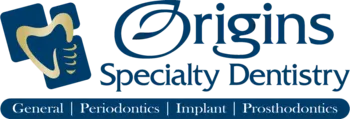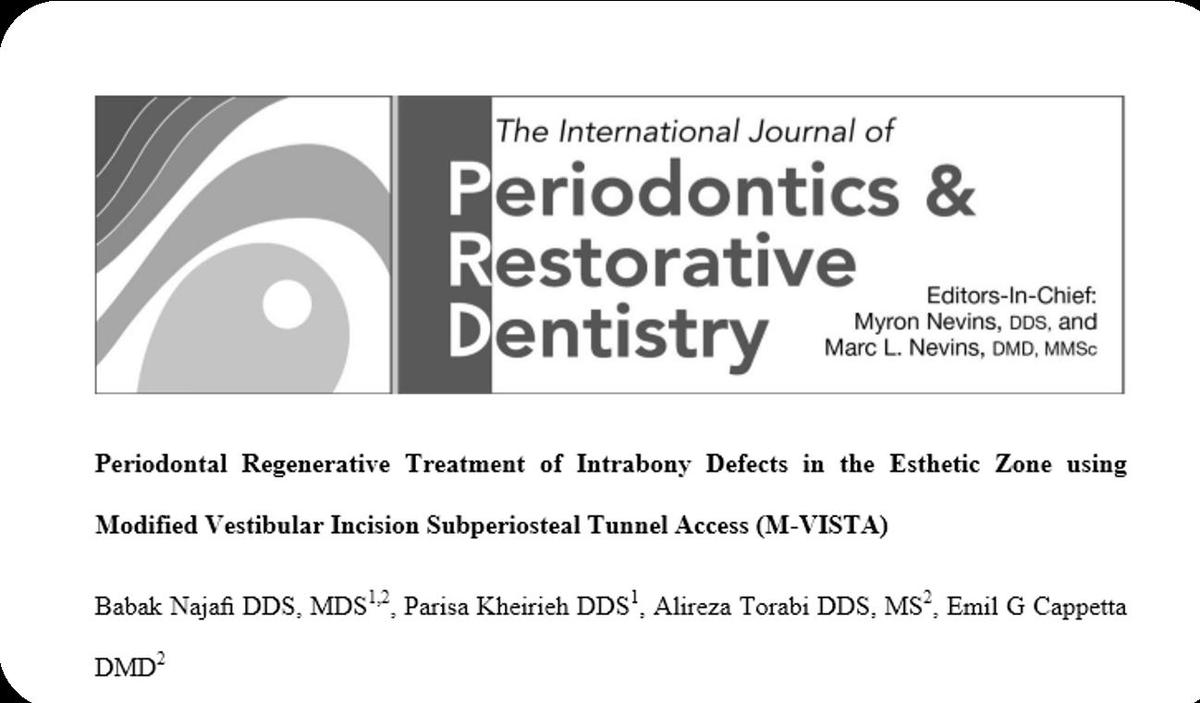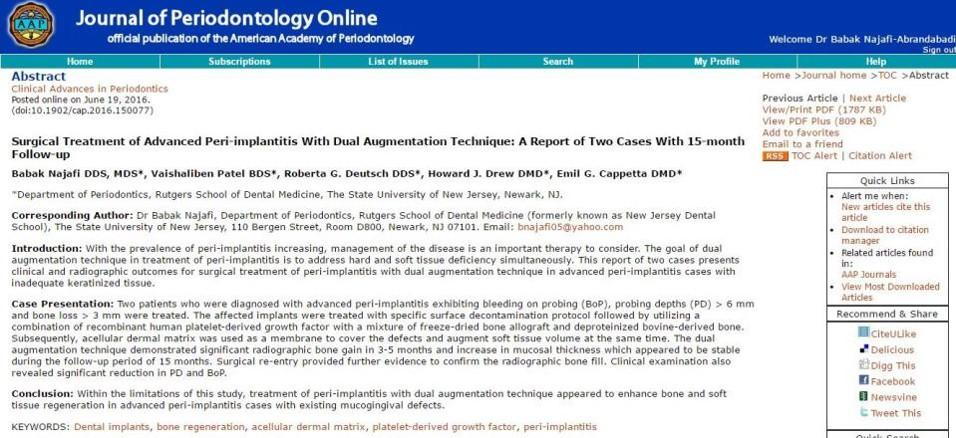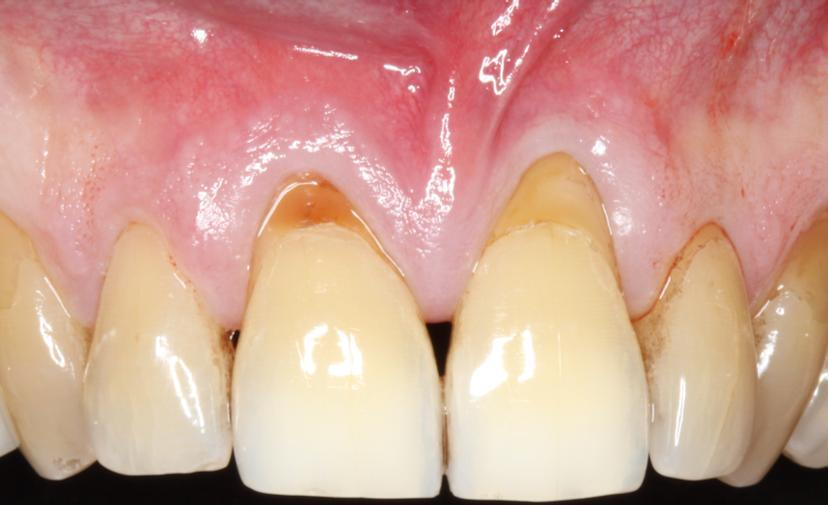
Gum Recession or Thin Gum:
Inside your mouth, gum tissue (periodontal tissue) forms a barrier that resists the vigorous mechanical (and microbial) effects of eating, chewing and biting. Gums may begin to recede, or shrink down, for several known and unknown reasons. When the tooth's roots lose the protection of healthy gum tissue, they can become extremely sensitive to hot or cold temperatures, causing pain when you consume many foods and drinks. Worse, missing gum tissue makes it easier for bacteria to penetrate the roots and cause decay and/or bone loss (gum disease) — or for minor trauma to result in rapid gum recession. In either case, the eventual result may be tooth loss. That is why proper treatment of gum recession is crucial in many instances. It goes without saying that prevention or treatment at early stages would be much easier.
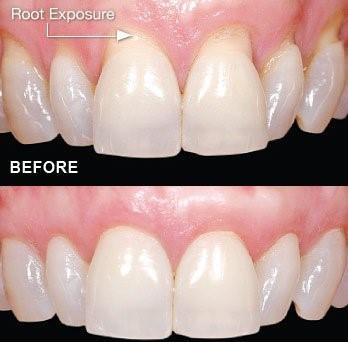
Gum grafting:
Gum grafting involves carefully placing a small amount of new tissue in an area where little or no thick attached gum tissue currently exists — typically recommended to prevent further gum recession or to cover root surfaces of your teeth or implants that have become exposed. The amount of coverage depends on the severity of gum recession. However, the primary goal is to create a thick band of attached gingiva (gum) in order to stop the progression of gum recession as much as possible.
Before
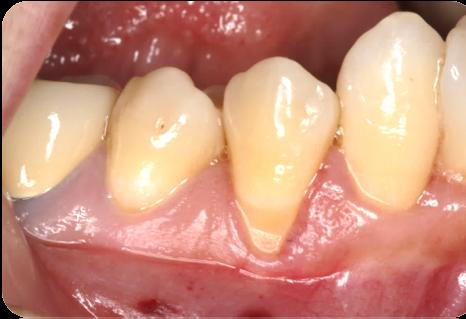
After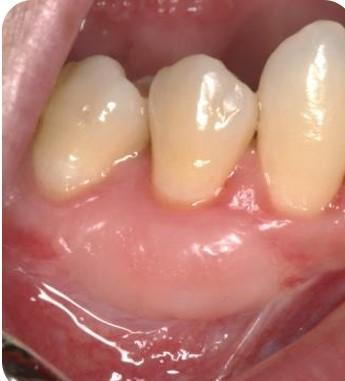
There are various materials and technique for gingival grafting (gum grafting) around natural teeth and implants. Dentistry has come a long way alongside medicine. Minimally-invasive dental surgeries are the commonly used procedures in hard and soft tissue grafting including gum grafting.
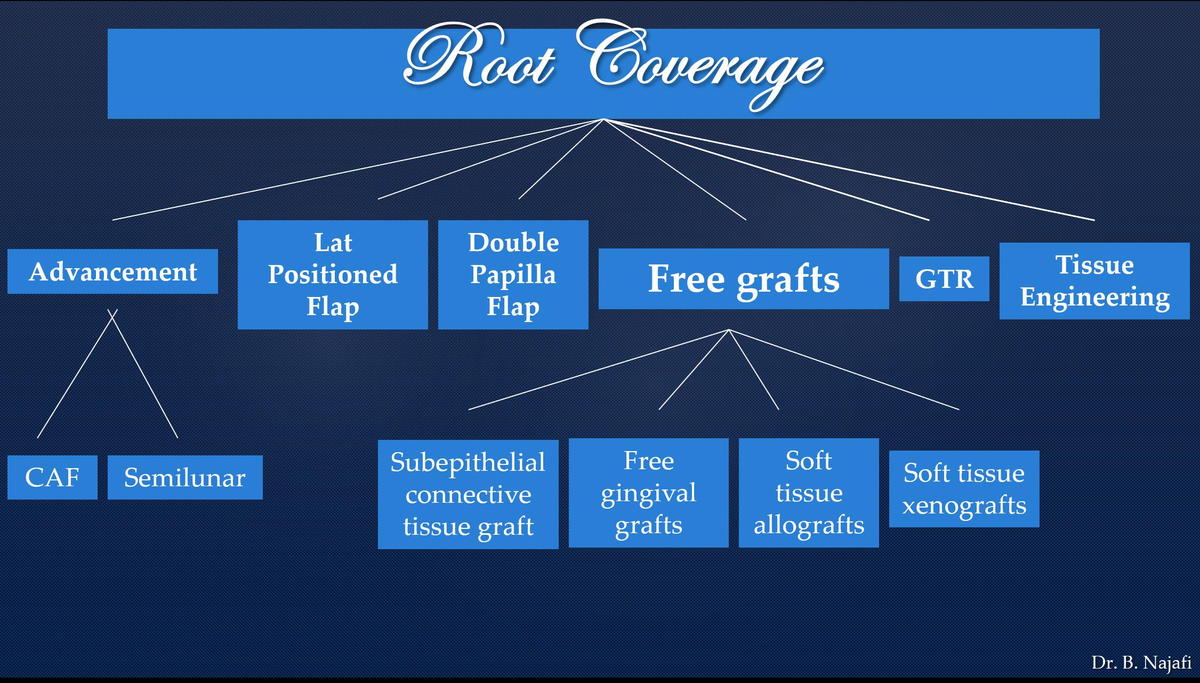
One of the conservative techniques is tunneling approach. Unlike the older techniques, tunneling access is a minimally invasive approach to gum and/or bone grafting. Different modifications have been applied to the tunneling gum grafting methods, including envelope technique, flap-tunnel technique, MIS, MIST, M-MIST, pinhole gum grafting technique, and VISTA (vestibular incision subperiosteal tunnel access).
Before
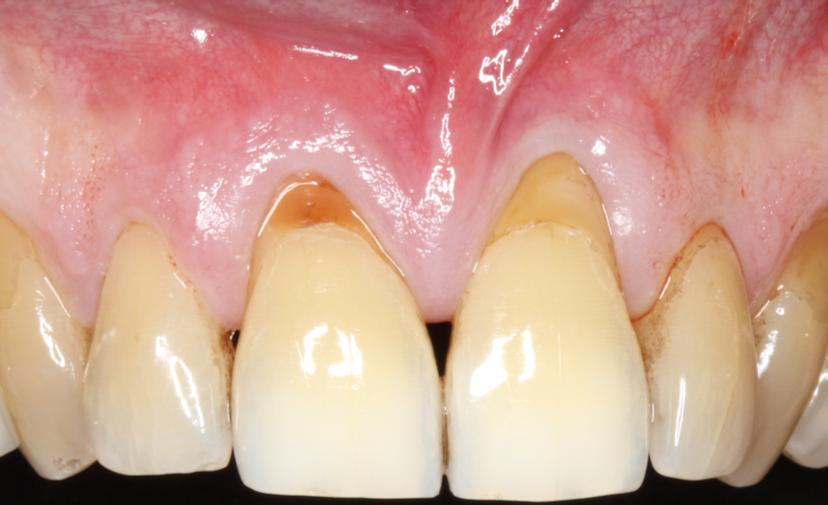
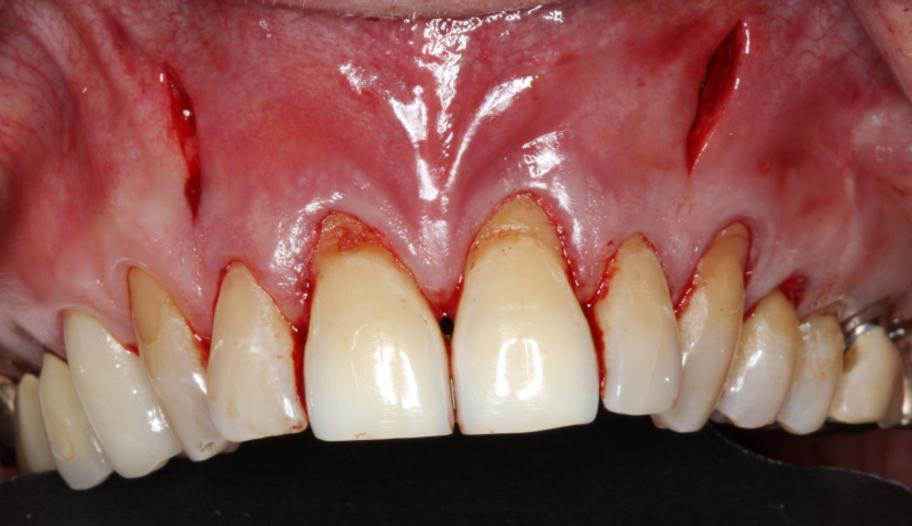
After
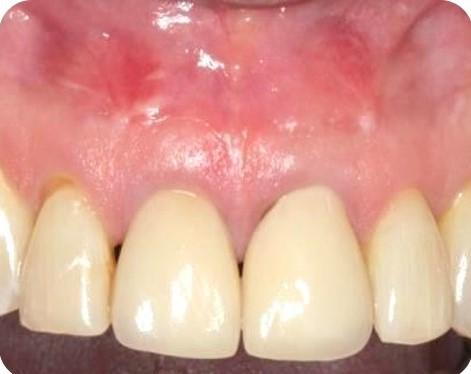
Babak Najafi, DDS, MDS, FRCD(C) and colleagues have introduced a novel technique in gum and bone grafting on natural teeth. Originally introduced by Dr Homa Zadeh, VISTA is one of the modern approaches in gingival grafting; root coverage, thickening the gum, and addressing mucogingival defects. As published in International Journal of Periodontics and Restorative Dentistry (IJPRD), Modified VISTA approach has been proposed by Dr Najafi, Dr Kheirieh and colleagues as a minimally invasive approach to address bone defect (gum disease) and gum recession at the same time. “Improved regenerative outcomes, easier healing time for the patients, and less post-operative challenges are the potential benefits of this new technique,” Dr Najafi stated.
This novel approach in gum/bone grafting boosts the body’s innate regenerative capacity and does not interfere with the normal biologic process of healing. Dr Babak Najafi, Periodontist added: “Now we know the importance of healing capacity of body more than ever”.
Before
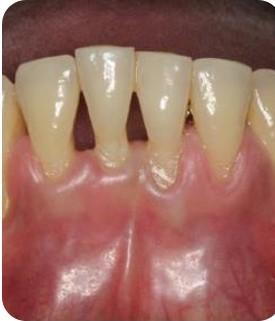
After
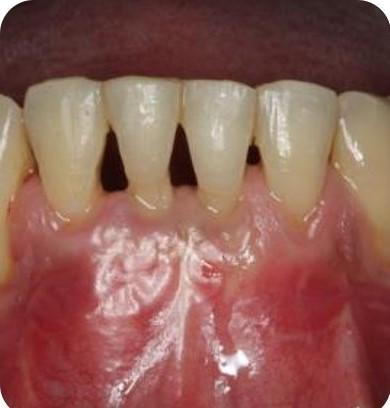
The tissue used in this procedure may come from a variety of sources including palate (roof of the mouth) or more commonly, the advanced soft tissue sponges coming in a box from tissue bank. The advancement in regenerative materials has led to the development of soft tissue allograft and xenograft in medicine and dentistry. Acellular Dermal Matrix (ADM) is one of the commonly used materials in gum grafting in order to cover the exposed root/implant surface and augment attached gingiva.
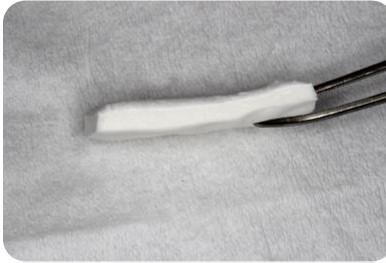
Acellular dermal matrix (ADM) is de-epithelialized acellular allograft dermis which serves as a scaffold that supports revascularization and tissue remodeling and can be replaced by native collagen.
Dr Najafi has published extensively on different regenerative materials including ADM. In one of their studies, Dr Najafi and his team of researchers illustrated treatment of advanced peri-implantitis cases by a novel technique using growth factors and acellular dermal matrix. “Dual Augmentation Technique” has been proposed in Journal of Clinical Advances in Periodontics, American Academy of Periodontology (AAP) by Dr Najafi and his colleagues in 2016.
Your body's natural recovery process takes over after the grafting procedure is complete. During this time, new blood vessels grow into the graft and help it to become integrated with the surrounding tissue. A successful graft can reduce or eliminate problems like tooth sensitivity and further gum recession, as well as improve the aesthetics of your smile. More importantly, it helps with the foundation of your teeth.
Before

After
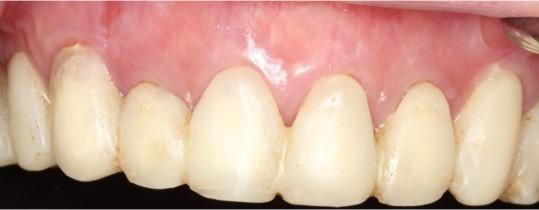
Before
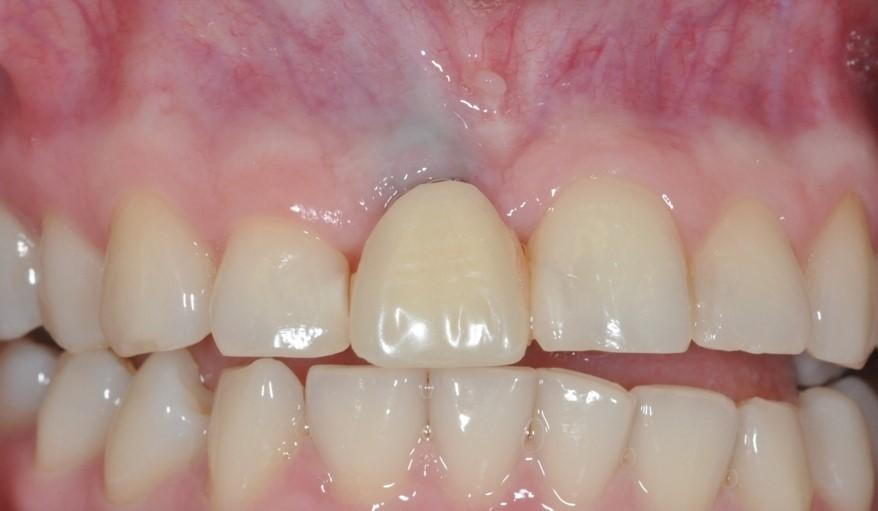
After
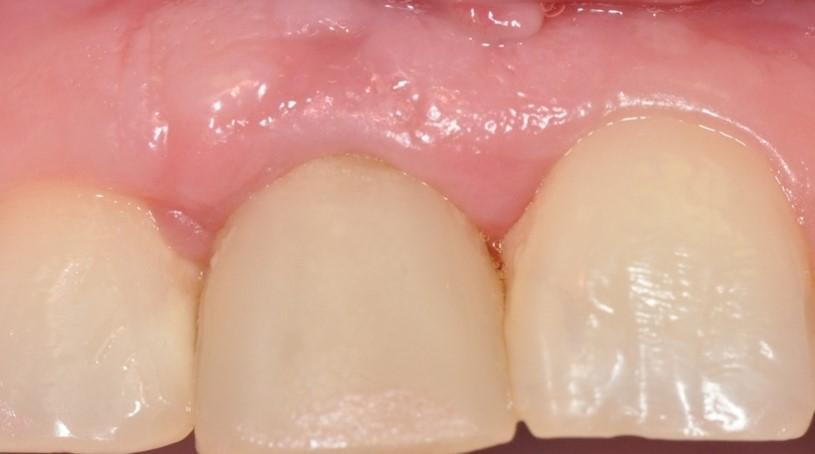
Following a gum graft, it is more important than ever to practice good oral hygiene; this will help prevent gum problems from developing in the future. Your regimen should include proper gentle brushing with less abrasive fluoride toothpaste, daily gentle flossing, a healthy diet and regular dental and periodontal checkups with your periodontist. Maintaining healthy gums is a key to keeping up your overall oral health — and preserving your smile.

To learn more about post-operative instructions on gum grafting (soft tissue grafting), click here.
Schedule your comprehensive periodontal check up with our distinguished Periodontist,
Dr Najafi at Origins Specialty Dentistry.
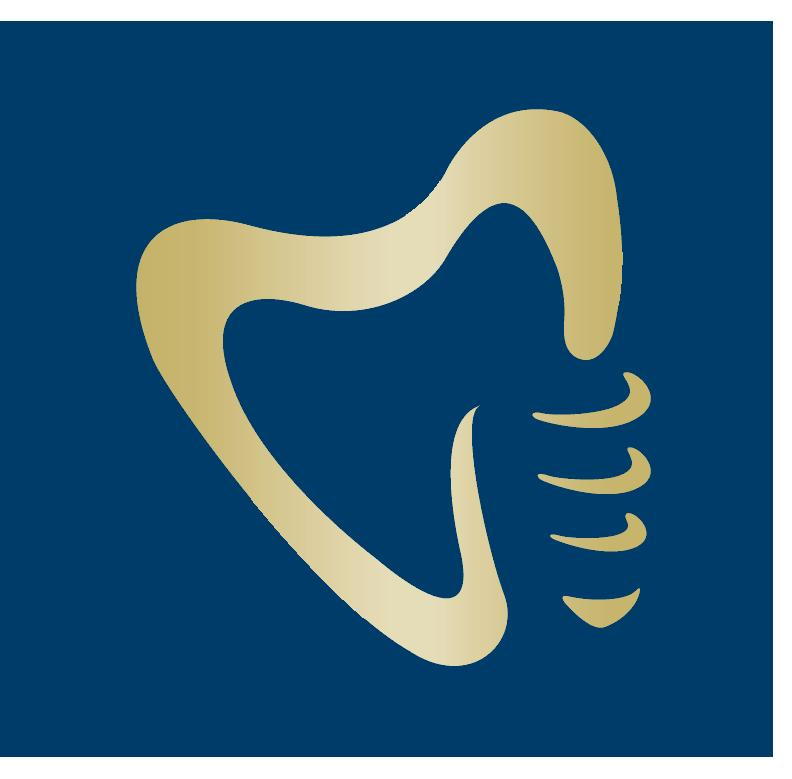
Origins Specialty Dentistry
Multi-specialty Dental Office
5718 University Heights Blvd, Suite 201
San Antonio, TX 78249
Phone: (210) 460-0749
